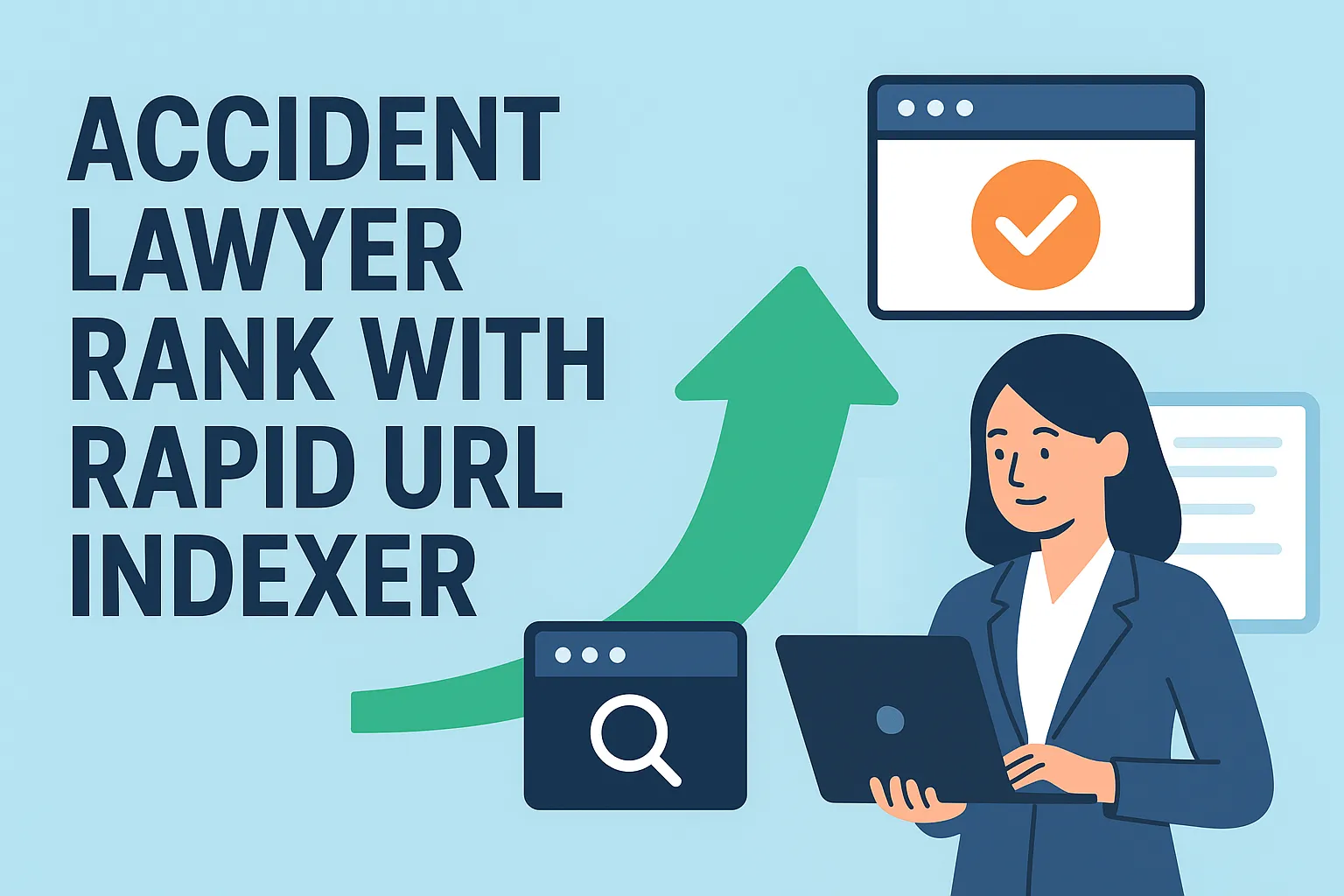In digital marketing, where data reigns supreme, the demise of third-party cookies is sending shockwaves through the industry. Marketers, advertisers, and businesses of all sizes are left pondering the future of online advertising in a world without this long-standing tracking tool. But fear not, for we are here to navigate the intricate web of digital marketing beyond third-party cookies.
Third-Party Cookies
For years, third-party cookies have been the cornerstone of digital advertising. These small pieces of code, installed by domains other than the website a user visits, allowed businesses to track user behavior across the internet. This information, in turn, enabled highly targeted advertising campaigns. However, the privacy concerns and mounting regulatory pressure have paved the way for change.
First-Party Data
In the wake of the third-party cookie apocalypse, it’s crucial for businesses to embrace first-party data. First-party data is information collected directly from users who visit your website or interact with your brand. It includes data from sign-up forms, surveys, and user behavior within your digital ecosystem. Leveraging this valuable data will be the linchpin of your post-cookie marketing strategy.
High-Quality Content
Content is, and will always be, king. In the post-third-party cookie era, crafting high-quality, relevant, and engaging content is more critical than ever. Your content should resonate with your target audience, addressing their needs, problems, and interests. This strategy not only enhances your brand’s authority but also attracts organic traffic.
Leveraging Contextual Targeting
In the absence of third-party cookies, contextual targeting is emerging as a powerful tool. This approach involves placing ads on websites and pages with content closely related to your product or service. This way, you can reach your audience based on the context of their current online activity.
Building Strong Relationships with Customers
Customer relationships have always been at the core of successful marketing strategies. In the post-cookie era, fostering strong connections with your audience is imperative. This involves personalization, effective communication, and creating a sense of community around your brand.
Privacy-Centric Technology
Privacy is paramount, and technology is adapting to reflect this. Privacy-centric technologies are emerging, such as Google’s FLoC (Federated Learning of Cohorts), which groups users with similar interests rather than tracking individual behaviour. These technologies allow for targeted advertising while respecting user privacy.
The Power of AI
Artificial Intelligence (AI) is your new best friend in the world of post-cookie marketing. AI can analyze vast amounts of data, helping you understand user behaviour, predict trends, and automate personalized marketing campaigns. It’s the secret sauce that empowers your marketing efforts in a cookieless world.
Diversifying Marketing Channels
In a landscape where third-party cookies are no longer an option, diversifying your marketing channels becomes essential. Explore various platforms, from social media and email marketing to content syndication and influencer collaborations. A multi-channel approach ensures your brand remains visible and adaptable.
Understanding the Regulatory Landscape
Navigating the regulatory landscape is a must. Stay informed about data protection laws and compliance requirements in various regions. Adhering to these rules not only keeps you on the right side of the law but also builds trust with your audience.
Optimizing for Mobile
Mobile marketing is not just an option; it’s an absolute necessity. With more users accessing the internet via smartphones, optimizing your marketing efforts for mobile is crucial. Ensure your website is mobile-responsive, and your campaigns are designed with mobile users in mind.
In conclusion, the world of digital marketing is undergoing a profound transformation as we bid farewell to third-party cookies. But remember, change breeds opportunity. Embrace first-party data, focus on crafting high-quality content, and leverage emerging technologies and strategies to reach your audience. The future of digital marketing is bright, and with the right approach, your brand can shine even brighter.



